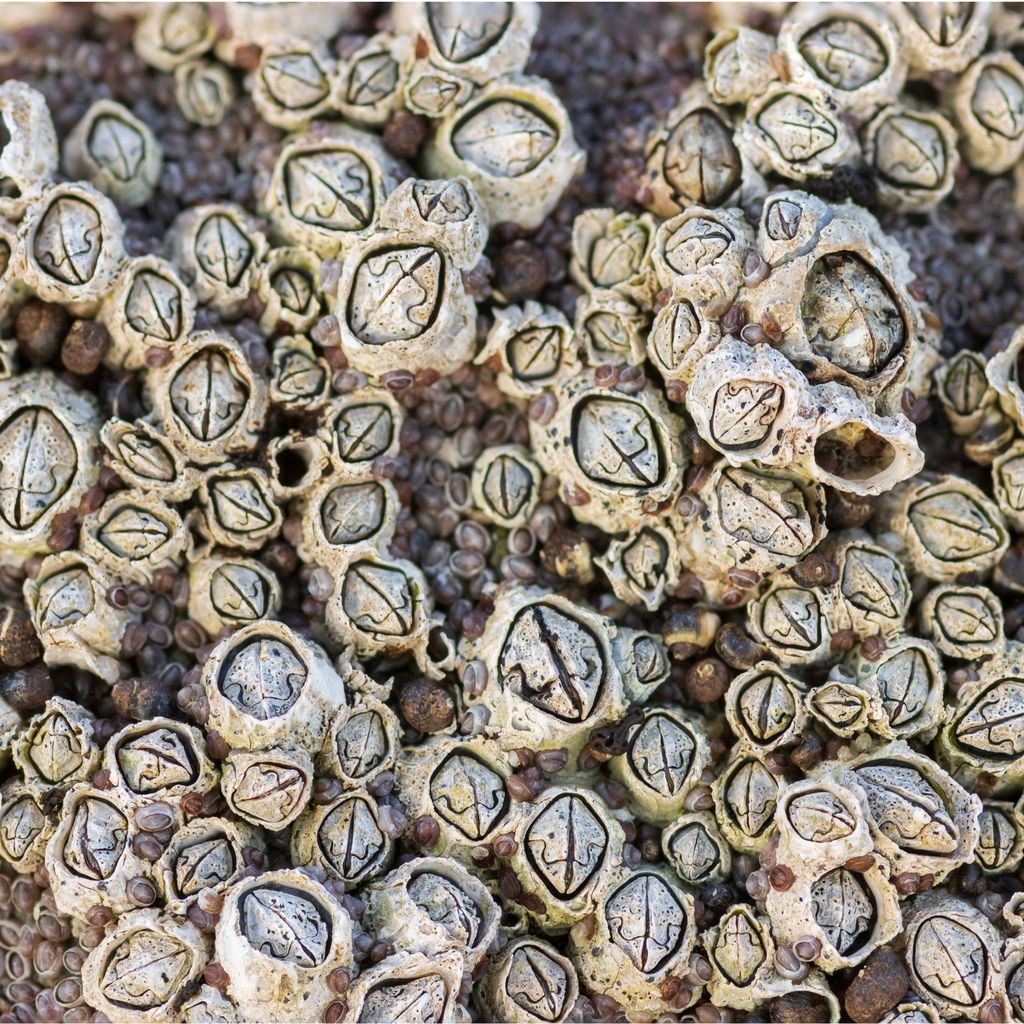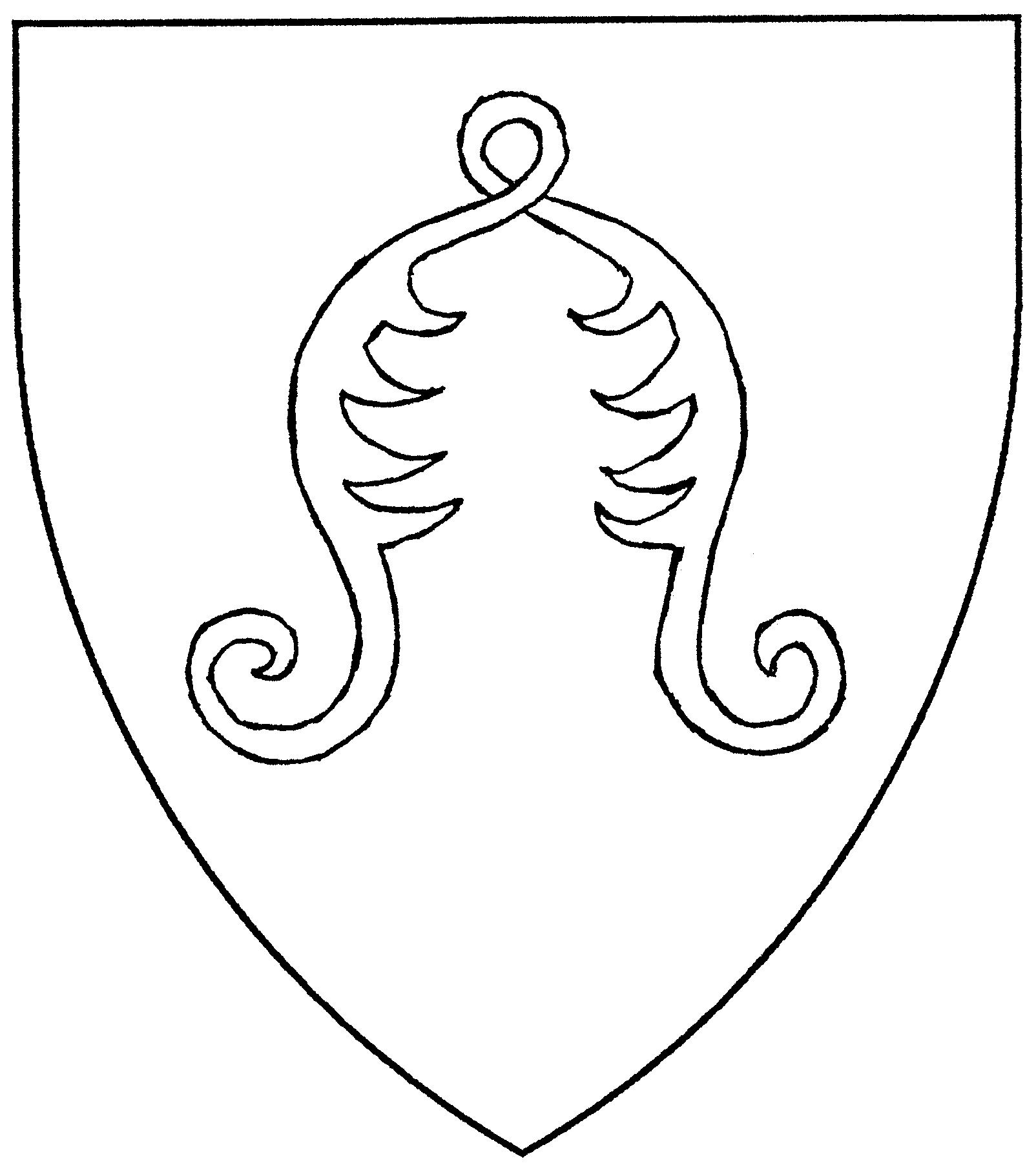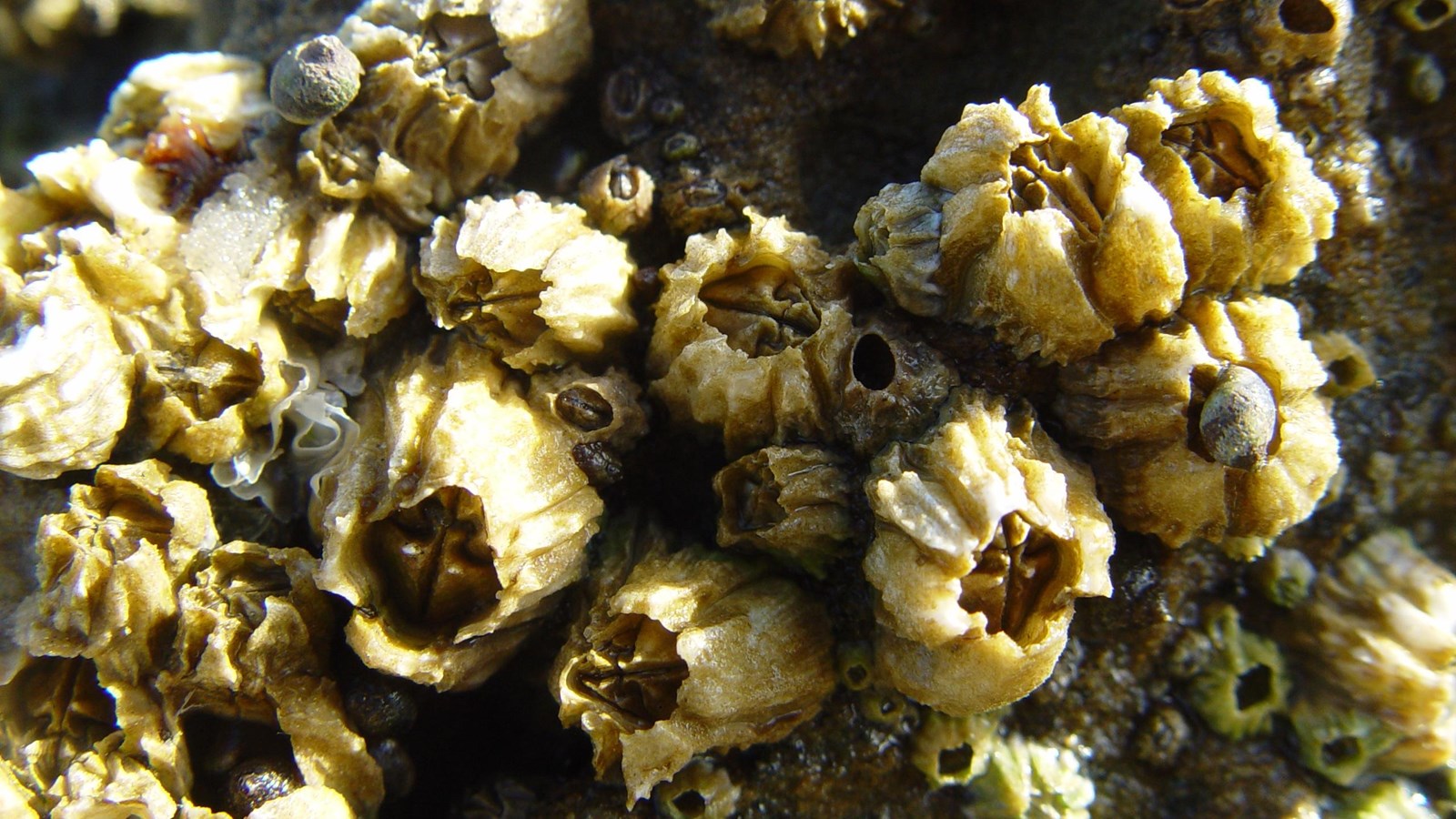Barnacles: Unveiling The Ocean's Tiny, Mighty Hitchhikers
Table of Contents:
- Introduction
- What Are Barnacles?
- Anatomy of a Barnacle: A Calcareous Fortress
- Life Cycle of a Barnacle: From Drifter to Dweller
- Where Do Barnacles Live? Exploring Their Diverse Habitats
- Feeding Habits: The Ocean's Efficient Filter Feeders
- Reproduction: A Unique Strategy in the Sessile World
- Barnacles and Their Hosts: A Complex and Often Symbiotic Relationship
- Challenges and Predators: Surviving in a Competitive World
- Barnacle Diversity: Acorn vs. Gooseneck Barnacles
- Fascinating Facts & Lifespan of Barnacles
- Conclusion
Introduction
The ocean is a realm of countless wonders, and among its most intriguing inhabitants are creatures that often go unnoticed, yet play a vital role in marine ecosystems. If you've ever walked along a rocky coastline, seen a whale, or observed the hull of an old ship, chances are you've encountered a peculiar, hard-shelled organism firmly affixed to the surface. These are barnacles, and understanding what are barnacles reveals a fascinating story of adaptation, survival, and unique biological strategies. Far from being mere marine hitchhikers, these sessile arthropods, surprisingly related to crabs and lobsters, embody resilience in the face of the ocean's dynamic forces.
Barnacles, often mistaken for molluscs due to their hard, calcareous shells, are in fact crustaceans. They have perfected a sedentary lifestyle, attaching themselves permanently to a surface for life. This commitment to a single spot necessitates remarkable adaptations for feeding, reproduction, and defense. From their intricate life cycle involving multiple larval stages to their powerful adhesive glue and feathery feeding appendages, barnacles are a testament to evolution's ingenuity. Join us as we dive deep into the world of these remarkable marine creatures, exploring their biology, behavior, and the critical roles they play in their watery world.
What Are Barnacles?
At first glance, barnacles might appear to be nothing more than bumps on a rock or a ship's hull. However, a closer look reveals a highly specialized organism. Barnacles are sessile arthropods, meaning they are fixed in one place as adults, and they are surprisingly related to familiar crustaceans like crabs and lobsters. This relationship places them firmly within the subphylum Crustacea, a diverse group of invertebrates. Specifically, barnacles belong to the subclass Cirripedia, a name derived from their feathery, jointed legs known as cirri, which they use for feeding. Unlike their mobile relatives, adult barnacles are highly modified for their sedentary life, encased in a protective, hard shell composed of multiple calcareous plates.
Their unique anatomy and lifestyle set them apart. Once a barnacle attaches to a surface, it stays put for its entire life, making the choice of settlement location critically important for its survival. They are not merely passive residents; they are active filter feeders, playing a significant role in filtering plankton and detritus from the water column. The question of "what are barnacles" goes beyond a simple definition; it encompasses their evolutionary journey, their intricate biological mechanisms, and their pervasive presence across diverse marine environments, from the shallow intertidal zones to the deep-sea, and even on the backs of majestic whales. Any of more than 1,000 predominantly marine crustaceans of the subclass Cirripedia are highly modified for sedentary life, truly making them a unique branch on the tree of life.
Anatomy of a Barnacle: A Calcareous Fortress
The external appearance of a barnacle, typically a conical or acorn-shaped structure, belies the complex organism within. As adults, typical barnacles are covered with calcareous plates, forming a robust, protective shell. This shell is not a single piece but rather composed of six calcium plates that interlock to create a strong, durable enclosure. Four of these

Barnacles guide: what acorn barnacles are and their life cycle

Barnacles, pair of | Mistholme

Barnacles (U.S. National Park Service)